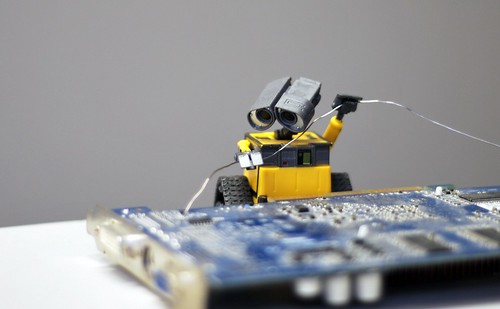Image by drrt licensed under a Creative Commons Attribution 2.0 Generic License.
Interactions in online forums don’t fit so easily into Cass Sunstein’s arguments about the internet as echo-chamber. This argument is basically the oft-quoted claim about the internet fostering cyberbalkanization. Others have built on this claim by citing the lack of hyperlinks connecting left and right wing blogospheres as evidence for a decline in the ability to communicate with civility across ideological barriers (Adamic and Glance, 2005).
But when we expand scope of inquiry to include models of online interaction outside of the typical political blog platform, the notion of internet as echo-chamber becomes less clear. A variety of counter-examples from online fandom and other modes of interest-driven participatory culture suggest that Sunstein’s argument about the limitations of online communication may need to be re-evaluated.
One interesting area that emerged in our research over the past year is the role of off-topic subforums within larger interest-driven forums. These off-topic subforums provide a space for diverse conversation on the sidelines of an otherwise fairly homogeneous forum. In this sense, they seem to parallel the function of what Ray Oldenburg calls ‘third spaces’ — spaces where a heterogeneous group of people come together (in cafes, bars, and other establishments) to have casual interactions outside of work and domestic experience. For our purposes, the contrast to professional and domestic space is perhaps less salient, but the idea of “thirdness” is still relevant insofar as these subforums are neither the primary focus of the group nor are they explicitly coded as sites of civic action. Instead, they are something in between.
[Read more…]



